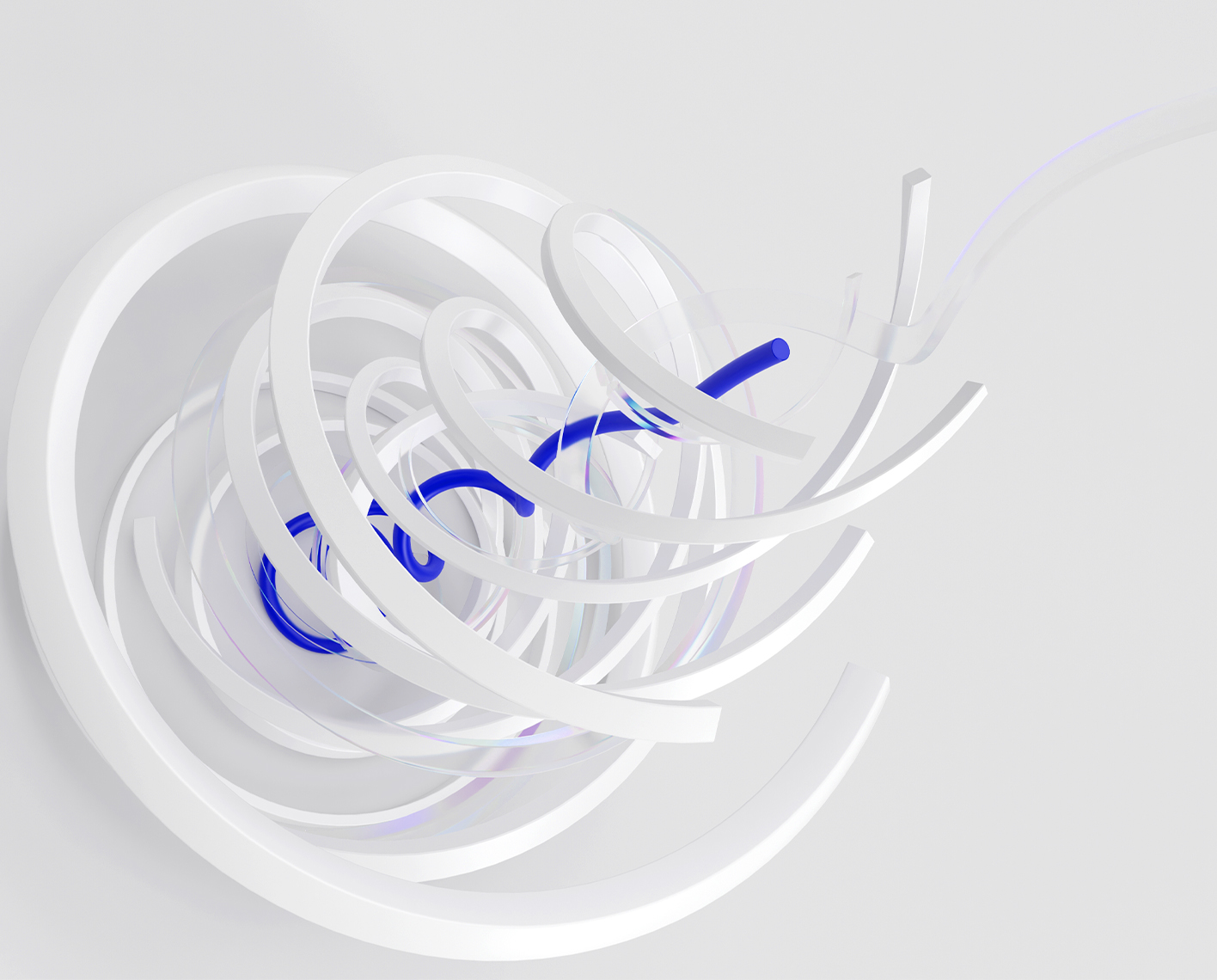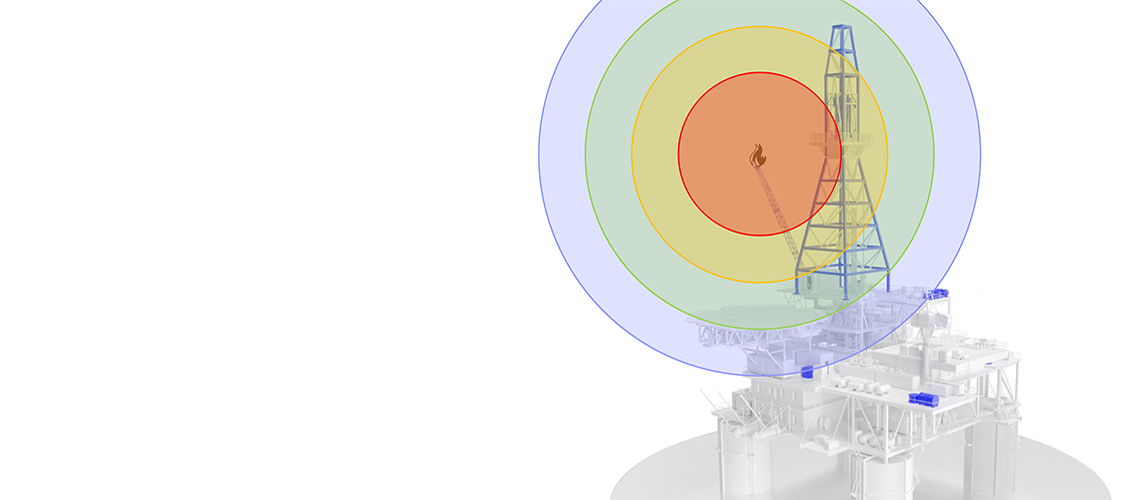Process Facilities Engineer on Delfi
Design, troubleshooting and optimization of midstream and downstream process facilities
Design, troubleshooting and optimization of midstream and downstream process facilities.

Flaresim is the industry standard flare simulation/design application. Designed by professional engineers, for professional engineers, it models thermal radiation and noise footprints generated by flare systems for offshore platforms, gas plants, refineries and chemical plants, and predicts the temperature of exposed surfaces within range.
Flaresim flare systems design and analysis software is the industry standard and the leading software in the design and evaluation of flare systems for both onshore and offshore applications. It provides accurate modelling of thermal radiation, temperature, and noise footprints of flared fluids generated from chemical processes.
Further, gas dispersion calculations are available to model flammability and toxicity for combustion products, unburnt flared fluids, and pollutants
The application can analyze installations of any complexity, with unlimited multiple flare tips on multiple vertical, horizontal or inclined flare stacks. Users can model pipe flares, sonic flares and liquid burners using a range of algorithms. They can also enter and report data in units of their choice, and can convert data to other units at any time.
3D flame-shape analysis
Flaresim provides full 3D flame-shape analysis with complete flexibility in the location and orientation of multiple stacks, and rapid evaluation of flare systems under different wind speeds and directions. Shield options can be included.
Working from the opposite perspective, Flaresim allows you to design stack or boom length to meet specific radiation, noise or surface-temperature limits at defined receptor points.
Gas dispersion models
Flaresim includes gas dispersion models for both jet dispersion of flammable gases close to the stack and Gaussian dispersion of pollutants at longer distances.
The output from Flaresim is highly customizable, and you can select either summary or detailed output. Flaresim has a user-friendly interface and incorporates context-sensitive help at every stage for user guidance.
Software you trust, available in the cloud
Flaresim software is now available within the Delfi digital platform along with OLGA simulator, Symmetry platform, and PIPESIM simulator to enable a complete end-to-end design, analysis, and optimization of your full production system.
Enhance accuracy of your full system design
Our new Symmetry Fluid Engine (previously VMGThermo) provides access to an extensive pure component library and thermodynamic property packages. Symmetry Fluid Engine allows you to accurately characterize any fluid and use the property estimations for flare safety calculations in Flaresim software.
Quick onboarding for your engineers
You don’t need to start everything from scratch. Ready-made examples are now available within the shortcut menu to ensure that your new engineers are adequately and quickly trained. This saves your engineers time and empower them with more analysis tools.
Improve safety through integrated design and analysis
Flaresim software is now available within Symmetry platform, enabling you to evaluate an entire flare system, including scenario management, relief valve sizing, network hydraulic calculations, and safety analysis in one environment. This integration eliminates assumptions, increases accuracy, mitigates risks, and reduces opex.
Ensuring safety of flaring is an integral part of your production system’s design and operation. SLB helps you increase the accuracy of your safety calculations with Flaresim solutions, which integrates Symmetry Fluid Engine.
Symmetry Fluid Engine allows you to accurately characterize any fluid and consumed with many SLB software products such as Symmetry process software platform, OLGA dynamic multiphase flow simulator, PIPESIM steady-state multiphase flow simulator, and non-SLB products, such as HTRI.
Together in one package, they offer powerful insight that enables you to reduce assumptions and eliminates the need to move information across different platforms. Now, you can switch between different property and thermodynamic packages, so you can achieve the right design the first time.
This comprehensive tool enables tracking greenhouse gas emissions, the use of assist fluids such air or steam to achieve smokeless operation, modelling of thermal shields, and rigorous sizing and rating capabilities for knockout and seal drums.
As your operational parameters change, the ability to consider those changes within your full system is crucial to ensure operational cost reduction and mitigating risks.
Flaresim capabilities provide an improved user experience and a more intuitive graphical interface, reduce capex and opex, and, most importantly, identify key hazards before they occur.
Flaresim software is part of the Symmetry flare workspace, which provides capabilities to simulate the entire flare system in steady state and dynamics, including pressure relief valve (PRV) sizing and hydraulic analysis of the flare network.
Flaresim™ flare systems design and analysis software’s new functionality makes it easier than ever to select and copy fluids from one case to another using a simple, streamlined workflow. This enhancement saves time and ensures consistency by transferring all fluid data, including original input values and calculated results, so everything stays aligned and audit-ready across cases.ds.
This functionality is available for fluids characterized using Flaresim software, Symmetry software, REFPROP, and WellTestAPI methods.
Gas dispersion calculations are available to model flammability and toxicity of combustion products, unburnt flared fluids, and pollutants. Combustion products are also reported for flare emissions accounting.
Flaresim software incorporates the Symmetry™ fluid engine, a robust physical property package that allows users to accurately characterize any fluid, providing access to an extensive library of pure components and thermodynamic property packages.
Flaresim software capabilities can also be accessed from within the Symmetry flare workspace, which provides capabilities to simulate the entire flare system in steady state and dynamics, including pressure relief valve (PRV) sizing and hydraulic analysis of the flare network.
Flaresim comes with full documentation, including a complete description of the program methods and a number of tutorials containing worked examples.
Flaresim is validated to run under Windows 7, 8 and 10. It should also run on earlier versions such as Vista and XP but is not tested for this. Under 64-bit versions of Windows it runs as a 32-bit application. A PC on which you wish to run Flaresim should have at least 1Gb of RAM, and should also have a USB port for connection of the Flaresim security key.
Flaresim is also available in a network version where usage of the software is controlled centrally through a licence server using the Safenet Sentinel RMS system. Licensing is based on the number of simultaneous users of the program. ‘Commuter licensing’ – where licences can be checked out to PCs away from the network – is also supported.
NExT Flaresim training courses
We are able to provide a range of flare system training courses from narrowly focused introductions to the use of Flaresim to broader based courses that consider the modelling of the full flare system including load generation calculations and flare header design.
Courses can be arranged in-house and we also run public access courses for introducing engineers to Flaresim.

For over 30 years, Flaresim software has delivered advanced simulation capabilities that support safe and efficient facility design, regulatory compliance, and operational optimization, making it a trusted solution for flare system engineering.